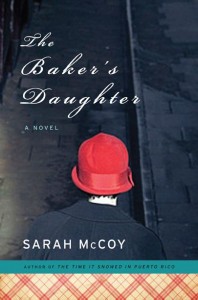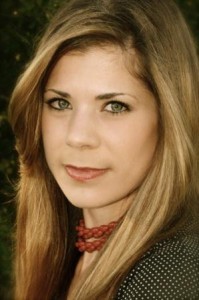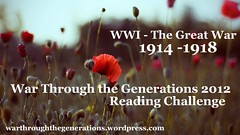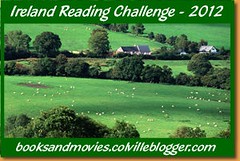
Broken up into four sections — May the Force Be With You: The Philosophical Messages of Star Wars; Try Not — Do or Do Not: Ethics in a Galaxy Far, Far Away; Don’t Call Me a Mindless Philosopher: Alien Technologies and the Metaphysics of the Force; and There’s Always a Bigger Fish: Truth, Faith and a Galactic Society — the collection tackles the hidden philosophies and ethics inherent in the story behind Star Wars and its characters, plus the ethics of future wars and whether droids can be considered people (not humans). There also are questions about whether everything is preordained or if we have the free will to choose our own paths. Moreover, religion and moral ambiguity are discussed as well, especially in terms of prophecy and whether one can choose to be moral even if a destiny signifies an opposite action.
In terms of Yoda, when watching the movies, there is a clear Eastern philosophical influence in his manner, his behavior and his teachings, but in the essay “Stoicism in the Stars” by William O. Stephens, the author also makes the case that Yoda is a Stoic and takes on the role of the Sage who never rises to anger and never gives into the desires or seeks out adventure or excitement. Additionally, Stephens comments on how Stoics often live in agreement with Nature as Yoda does in his hut on Dagobah, and Yoda praises equanimity and peace of mind, which also is characteristic of Buddhists and others who meditate to find peace and separate themselves from ego. In a way, several essays — even though they focus on Western philosophy — often draw out elements of those philosophies that are found in Eastern philosophy, such as the fluidity of the Force in Star Wars or the fluidity of the future despite prophecies and destinies referred to with regard to the Skywalker family, which is somewhat like the soul or the energy shared by all living things in Eastern philosophy that is reused and recycled in nature (i.e. reincarnation, etc.).
What does this collection offer that is new to someone who was a philosophy major or minor, probably very little, but what was intriguing was some of the history lessons, such as the parallels between the Jedi in Star Wars and the Hwa Rang as leaders of the “military.” It does provide a great number of secondary resources for readers to check out should they need further explanation of a philosophy without the Star Wars references. None of the references used were overly surprising in the well done essays, but there were times when references to the movies were inappropriate to the argument being made. Such was the case in the essay “Send in the Clones: The Ethics of Future Wars” by Richard Hanley (which cited no secondary sources other than a previous essay in the book) in which Hanley talks about Just War Theory — that is only satisfied by having the right intention, competent authority, just cause, reasonable prospect of success, discrimination, and proportionality — but does not use an example of actual war from the movie. Rather, Hanley relies on the slaughter of the Sand people by Anakin Skywalker, which he engages in to revenge the killing of his mother by specific Sand people. Clearly, the vengeful act of Anakin is not warfare and should not be used to demonstrate unjust war.
Star Wars & Philosophy edited by Kevin S. Decker and Jason T. Eberl offers little in the way of new theories about the movies, but does provide fodder for book club discussions and additional contemplation about our world and our selves.
***March Book Club Selection***
We all arrived early it seemed to Novel Places for our March meeting, which could have been a sign we were eager to discuss the book.
This selection was made by one of the males in the group and it did generate a great deal of discussion, even though he was likely the only one who finished the entire collection. Most of the group picked a few essays to read, while some of us attempted to read more than half. The essay about whether droids could be considered people generated a great deal of discussion as some of us could see the difference the author was trying to draw between being a “person” and likely being “human.” Others thought that the argument was not well done, though the example in the essay of a blind woman believing C3P0 was a “man” and not a “droid” just from listening to the movie was telling about how well George Lucas had drawn the character to be human-like.
Another essay generating a great deal of discussion was the one regarding the gray areas of war and of course the use of clones in warfare, though the essay had fallen apart as the arguments were not backed by secondary sources and the author failed to sustain the foundation of his arguments.
Overall, the club would probably say it was a tepid read, but it did generate a great deal of discussion about the world around us, war, and morality. For that reason, I’d recommend it alone. I generally think this book would have worked better with two contrasting essays on a given point, such as whether clone armies should be used and whether clone armies should not be used and the reasons for each, because it would have provided a more rounded discussion. I also think that even though there were Star Wars references illustrating the authors’ points, some essays could have benefited from a little more background and use of secondary sources.
For April, we’re reading A Lesson in Secrets by Jacqueline Winspear.
The Giveaway:
1. Leave a comment about why you’d want to read this book in the comments.
2. Extra entries for those that Tweet, Facebook, or otherwise spread the word about the giveaway and leave me a link.
Deadline is March 31, 2012. Open Internationally.










 About the Author:
About the Author: This is my 6th book for the WWI Reading Challenge.
This is my 6th book for the WWI Reading Challenge.
 About the Author:
About the Author:




